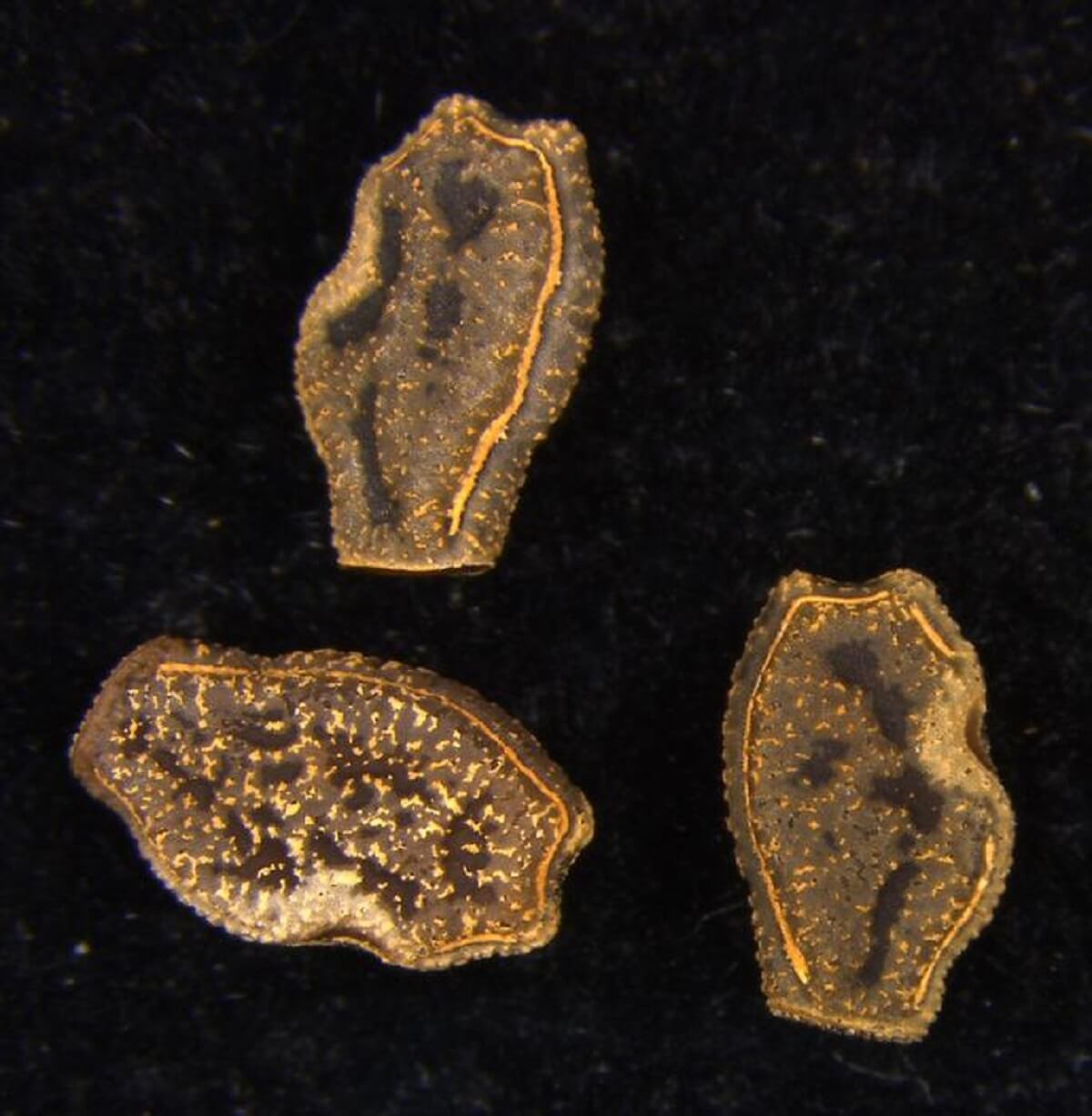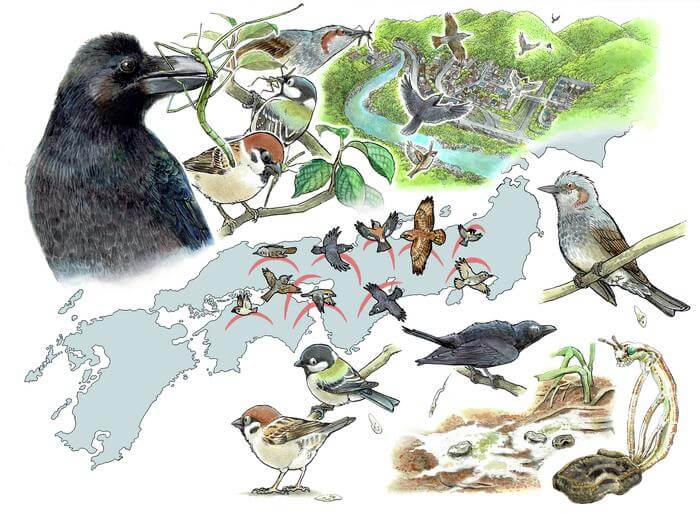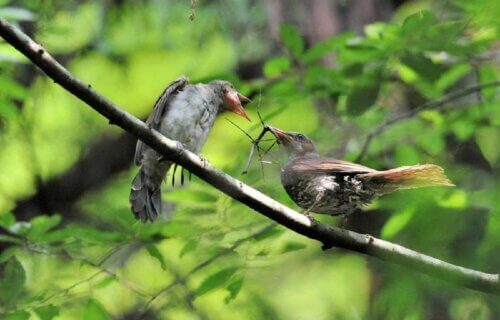KOBE, Japan — Birds are inadvertently aiding the spread of insect populations by consuming them and then transporting their eggs to new locations, new research explains. Scientists have discovered that flightless pregnant stick insects, when eaten, can have their eggs carried great distances by birds, even spanning hundreds of miles across terrains that would typically be challenging for a ground-dwelling insect.
The belief is that these eggs survive the journey through a bird’s digestive system.
While scientists have long hypothesized that birds might be aiding the distribution of insects in this way, they’ve found it difficult to directly observe a bird consuming a pregnant insect and then depositing its eggs in a new location.
Instead, researchers from Kobe University in Japan took an innovative approach, studying the genetic relationship patterns of Ramulus Mikado, a common stick insect in Japan.

“We made use of the idea of ‘genetic isolation by geographic distance,” says Dr. Suetsugu Kenji, a Kobe University biologist, in a media release. “According to this idea, when individual dispersal distances are smaller, such as in flightless insects, the accumulation of genetic mutations eventually leads to a positive correlation between genetic differentiation among locations and the geographic distance that separates them.”
Remarkably, the team identified identical genotypes spanning vast distances, suggesting prior instances of passive long-distance genetic dispersal.
“The eggs of most insect species are typically fertilized just before being laid, relying on sperm stored within the female insects after copulation,” adds Dr. Kenji. “However, in some stick insect species, females are parthenogenic, that is, they can produce viable eggs without fertilization.”

In their analysis, the team found genes that were closely related yet separated by hundreds of kilometers. Interestingly, while stick insects rely primarily on their resemblance to sticks as a defense mechanism against predators, many plants depend on animals eating and subsequently dispersing their seeds.
“This finding invites researchers to delve deeper into the mechanisms of dispersal in various species and challenge long-held assumptions about the fate of organisms devoured by predators,” Dr. Kenji concludes.
The study is published in the journal Proceedings of the Royal Society B Biological Sciences.
You might also be interested in:
- Best Bird Baths: Top 5 Garden Favorites Most Recommended By Experts
- Best Bird Houses In 2023: Top 5 Perches Most Recommended By Experts
- Best Of The Best Bird Feeders In 2023: Top 5 Products Most Recommended By Experts
South West News Service writer Pol Allingham contributed to this report.

